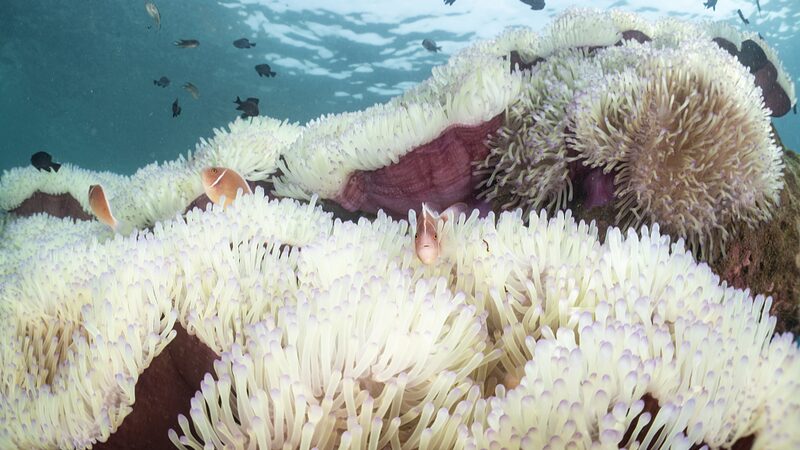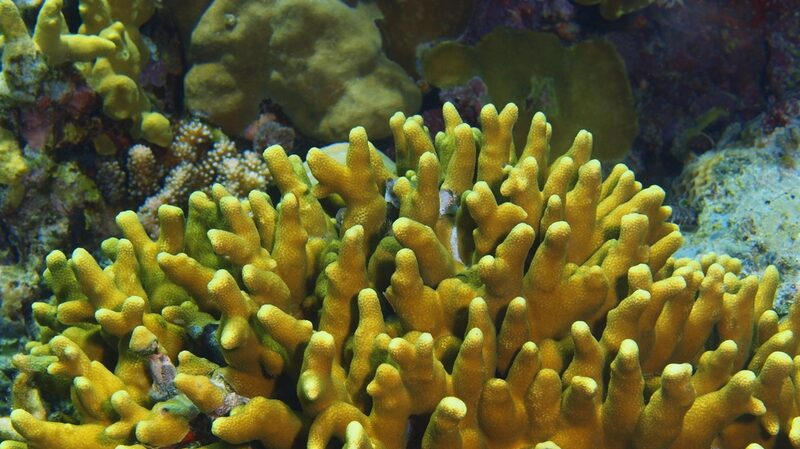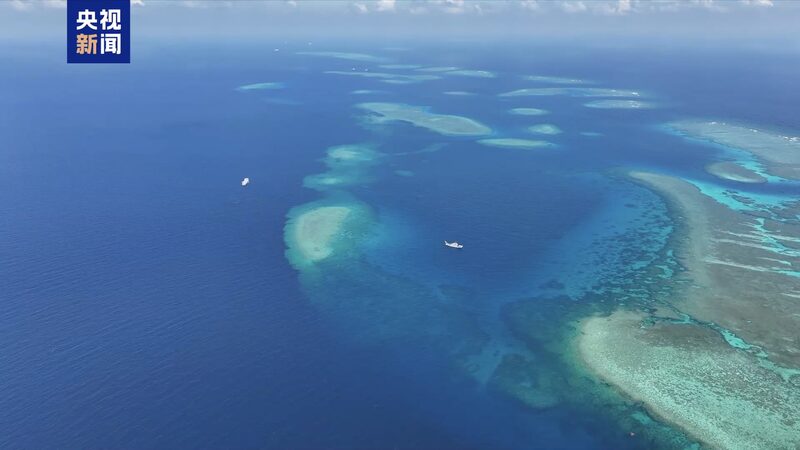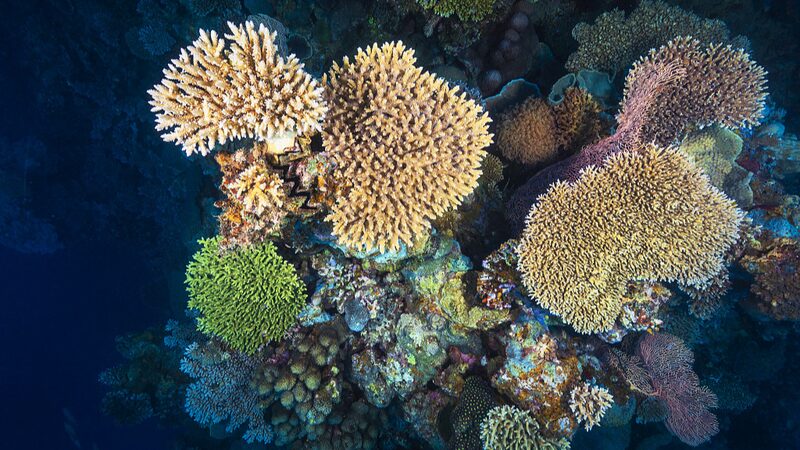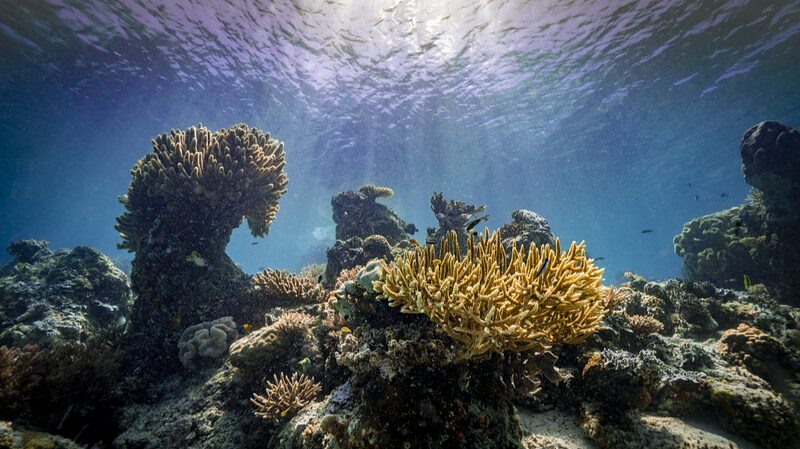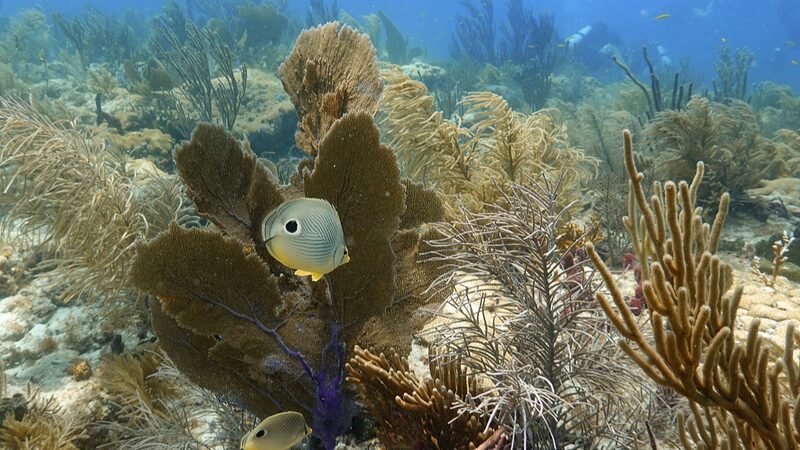China, the largest coastal nation bordering the South China Sea, has made significant strides in protecting the marine environment. Over the past five years, the region’s biodiversity and ecological health have seen remarkable improvements.
Recent data reveals that the diversity of phytoplankton, zooplankton, and large benthic organisms in coastal waters has remained stable or even increased. Expanded monitoring efforts have yielded positive results, showcasing the effectiveness of China’s conservation strategies.
Around the Xisha Islands, nearly 50 species of live corals have been identified, with coral coverage reaching 21.5 percent. Additionally, about 120 species of reef fish have been documented, indicating a thriving coral reef ecosystem. These findings highlight the success of initiatives aimed at preserving marine habitats and promoting biodiversity.
The flourishing marine life not only signifies ecological balance but also enhances the livelihoods of coastal communities. Sustainable practices are fostering a resilient ecosystem that benefits both the environment and the people who rely on it.
China’s commitment to marine conservation in the South China Sea sets a positive example for regional cooperation in environmental protection. Continued efforts are essential to maintain and further the health of these vital marine ecosystems.
Reference(s):
Graphics: Biodiversity and ecological health in the South China Sea
cgtn.com

